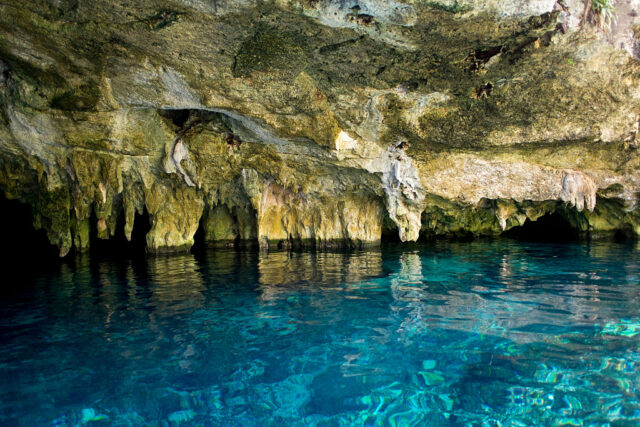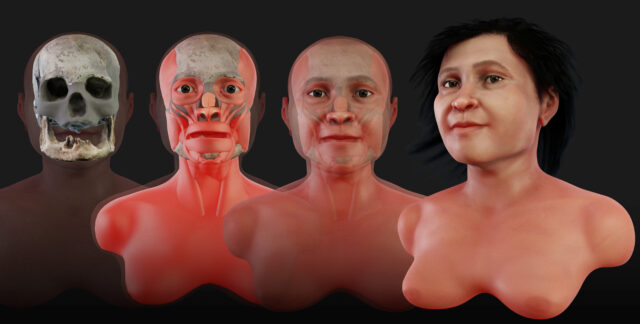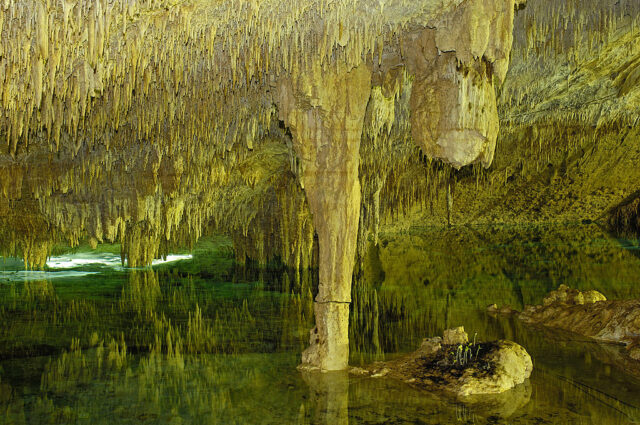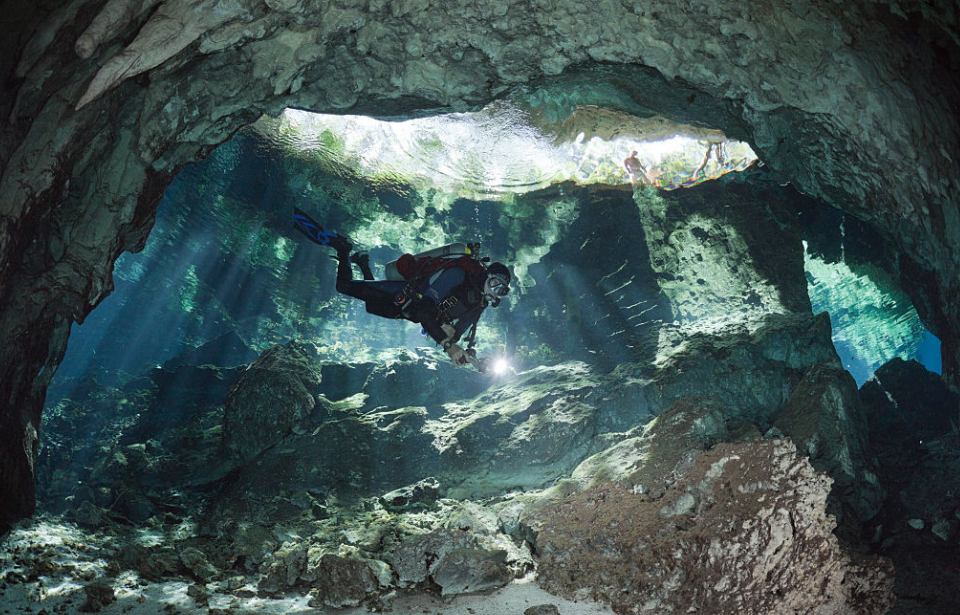In a cenote near the Mexican town of Tulum, archaeologists made a breathtaking discovery: the ancient skeleton of a female in her 20s. Although many different sets of remains were identified within the cave, this woman stood out amongst the rest. Eve of Naharon, the name she was given, captivated historians and researchers alike as she was dated to be well over 10,000 years old – one of the oldest sets of remains in all of the Americas.
Sistema Ox Bel Ha
Eve of Naharon was found in a cenote that was part of a much bigger underwater cave system. Known as the Sistema Ox Bel Ha, which translates to “Three Paths of Water,” it is located in Quintana Roo, Mexico, with some parts extending to near Tulum. Researchers have put an impressive amount of work into this system, making it the longest-explored underwater cave in the world. As of January 2023, they have covered around 435 km.

In addition to the caves, there are numerous subsystems and over 150 cenotes. One of these is called the Sistema Naranjal, and it was in the Naharon section that Eve’s skeleton was found. She was found during the first study designed to catalog the various cenotes and caves in the Quintana Roo area. It took a staggering four years for her to be properly excavated and for further information to be revealed.
Eve of Naharon
Perhaps the most impressive fact was that she was radiocarbon dated to at least 13,600 years ago. This makes Eve the oldest human skeleton in the Americas. She also raised questions about how humans ended up here in the first place, as the team didn’t know exactly how she got to the cave. Further investigation revealed that her bone structure was more in line with those from South Asia.

This find simply doesn’t match up with the theory that the first humans traveled to the Americas on a land bridge sometime during the last Ice Age. There were many other skeletons found in the cave dated to similar periods. Eve of Naharon was certainly not the last notable skeleton found in a Mexican cenote. Others included Naia and the Young Man of Chan Hol.
Other archaeological finds
In fact, researchers also made a 2022 discovery that was also quite spectacular. Octavio del Río and Peter Broger noticed a skeleton peeking out from underneath sediment at the bottom of one of the caves they were diving in. It wasn’t complete, like Eve; rather, it had been split apart into fragments. It was easy for them to date the remains because of where they were found in the cenote, eight meters deep and 500 meters from the entrance.

More from us: The Cavernous Underground City That Was Unearthed in a Turkish Basement
It could only have been situated there before the area flooded over 8,000 years ago. It’s unclear exactly where this skeleton was found, as that information has not been shared with the public. It is believed to be part of the same system near Tulum that Eve of Naharon was found in – partly because del Río was involved in that discovery years ago. No further information about this new skeleton has been shared at the time of writing.
